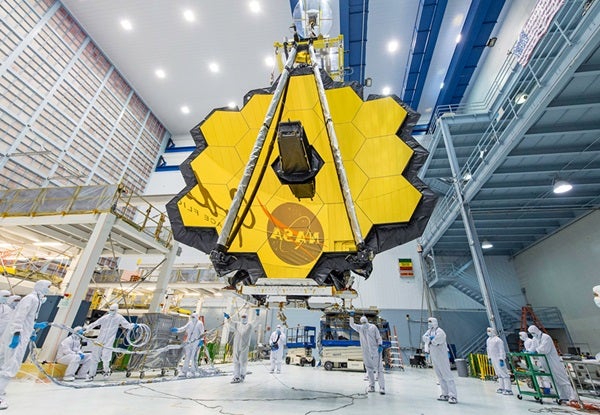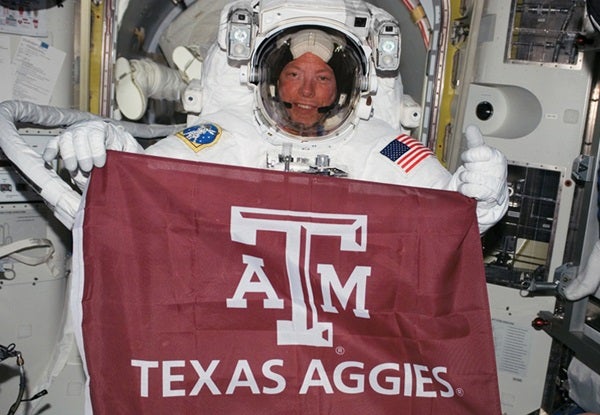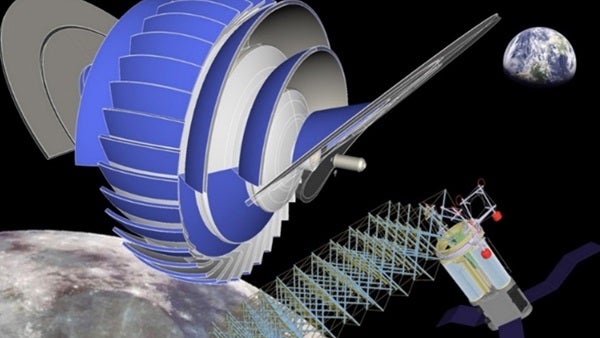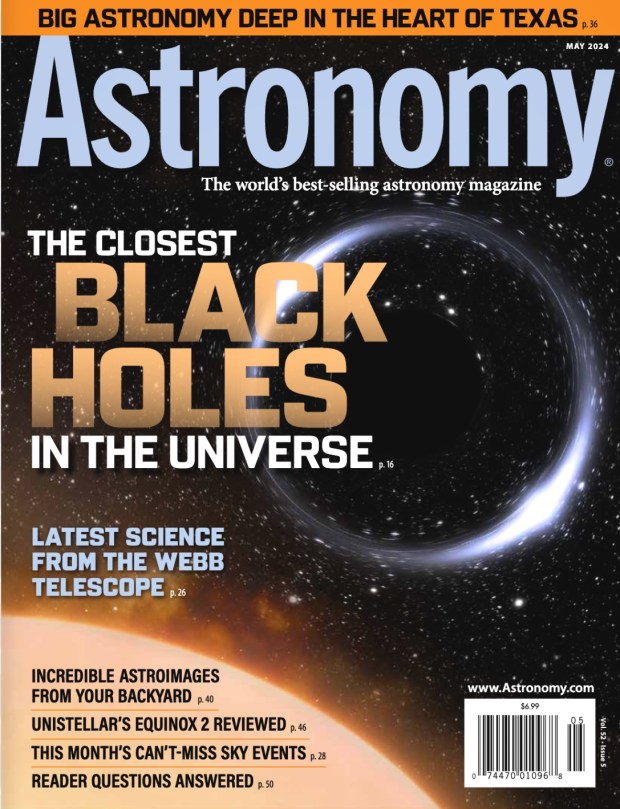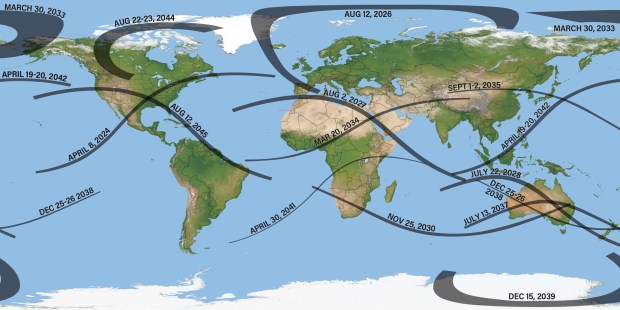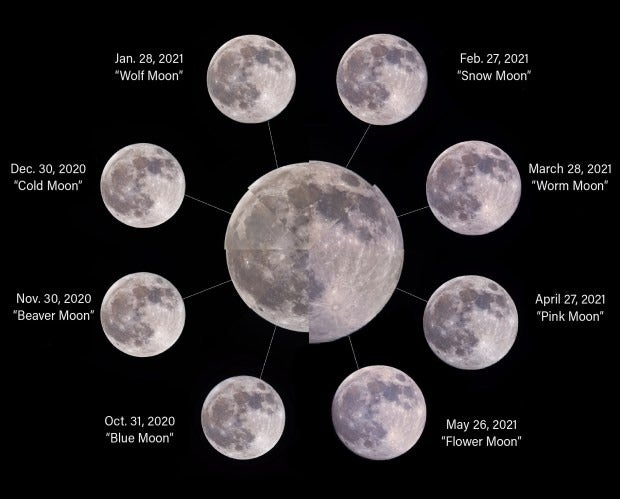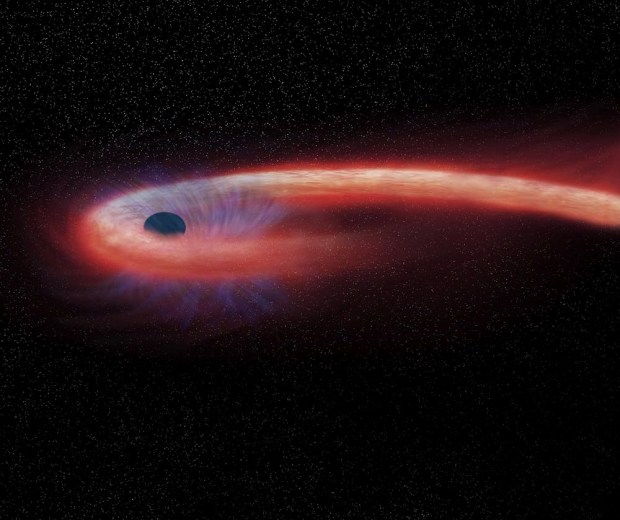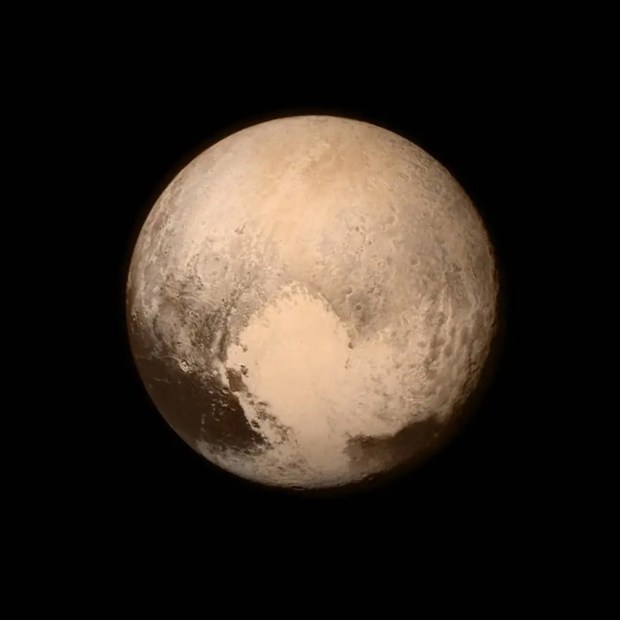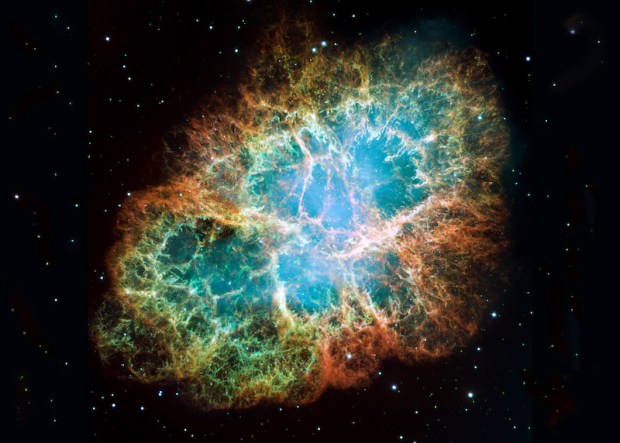Few moments exist in history when its spectators remember exactly where they were as they witnessed it. The Apollo 11 mission was one of them.
A half-billion people watched live on analog televisions as the Apollo 11 crew became the first humans to walk on the surface of the moon, changing the trajectory of history. But that monumental day in human achievement took years and millions of hours of labor from unsung heroes to make this “overnight success.”
What the world didn’t see was the more than 300,000 individuals in the space industry, the U.S. government and universities who pledged their expertise to make the impossible possible.
Although there have been great technological advancements in the 50 years since the first moonwalk, NASA’s next great space achievement will once again rely on a vast network of thinkers and creators.
It’s a need that Texas A&M University is not only ready and willing to meet, but actively working toward as a space-grant institution, by developing technological innovations and producing research to support NASA’s initiatives to explore the moon, Mars and beyond.
Space-Grant Since 1989
Texas A&M became a Space-Grant University in 1989 when NASA initiated the National Space Grant College and Fellowship Program, a national network of colleges and universities dedicated to expanding opportunities for Americans to participate in NASA projects.
This means that Aggies at the faculty, student, staff and administrative levels “participate in NASA’s aeronautics and space projects by supporting and enhancing science and engineering education, research and public outreach efforts.”
Some of these activities the past 30 years include preparing meals for astronauts at the Texas A&M Space Food Research Facility, serving as a camera operator for Mars rovers Curiosity and Opportunity and testing the capabilities of NASA’s James Webb Space Telescope, to name a few.
Texas A&M research that assists NASA in its endeavors isn’t limited to the offices and laboratories of faculty. In fact, it often reaches doctoral, graduate and undergraduate students across Texas A&M’s campus.
“As long as NASA has a desire to discover, learn more about our place in the universe and push the boundaries of human ingenuity, Texas A&M’s sharpest minds will be ready to support its ambitions,” Texas A&M Vice President for Research Mark A. Barteau said. “Speaking as someone who proposed an experiment to fly on Skylab while in high school, I am especially enthusiastic about the education and outreach missions of Space Grant, inspiring future generations to expand humanity’s frontiers.”
Students Step Up
Lack of clothes cleaning technology means that astronauts have to place their laundry in a supply pod after one use that would burn upon a re-entry to the atmosphere. In 2017, five mechanical engineering students in a senior capstone course developed clothes dryer technology to help astronauts save on clothes and supplies during future long-term missions.
Texas A&M students also have the opportunity to tap into the knowledge of faculty who have been to space.
When NASA identified a need for in-helmet, heads-up digital interactive displays to be utilized by astronauts during space walks, a Texas A&M team of one doctoral student and five undergraduates were selected to participate in the Spacesuit User Interface Technologies for Students (SUITS) 2019 challenge. One of the team’s advisors, Greg Chamitoff, professor of practice in aerospace engineering and a former shuttle and International Space Station astronaut who served 198 days in space, will help guide the team as they prepare to present their prototypes to a group of testers at Johnson Space Center in Houston.
The NASA Pipeline
Capstone courses and collaborative projects with NASA will be invaluable experience for many students as they pursue careers after graduation. But for some, it could be the beginning of a long relationship with NASA, as Texas A&M has been a pipeline of sorts for NASA talent.
Aggies who have gone on to serve NASA include Holly Ridings, who in 2018 became the first woman to serve as chief flight director in NASA’s history; Col. Michael E. Fossum, a former NASA astronaut who logged 194 days in space and in 2017 became the COO of Texas A&M’s Galveston campus; and Mark Weyland, a Texas A&M graduate who currently serves as director of NASA’s Medical Policy and Ethics Division.
“Bolstered by core values of selfless service, leadership, excellence, integrity, loyalty and respect, my Texas A&M education taught me to reach for the stars and gave me the knowledge I needed to serve in the Air Force and as a NASA astronaut,” Fossum said. “Those same core values exist today and are molding the next generation of Aggie explorers on land, at sea and in space.”
Former NASA astronauts also support Texas A&M’s educational mission by serving on the school’s faculty. In addition to Chamitoff, astronauts-turned-educators include Nancy Currie-Gregg, who served as a mission specialist on four Space Shuttle missions and accrued 1,000 hours in space, and Bonnie Dunbar, who flew on five shuttle missions between 1985 and 1998 and spent more than 50 days in space.
Texas A&M will continue to play its role in producing valuable research and talent to support NASA’s goals, but the students and faculty who collaborate on projects know they have to continue to innovate.
Making Sci-Fi Reality
Even as NASA’s plans become more ambitious as years pass, the organization is still asking many of the same foundational questions about our area of space that it asked 50 years ago when Apollo 11 landed on the moon: What’s out there? How do we get there? What will we find?
If NASA wants to get to the bottom of those questions in the next 50 years, especially as they relate to Mars and the moon, the next half-century of challenges require next-generation innovations.
The SmartSuit, a spacesuit designed by Texas A&M engineering professor Dr. Ana Diaz Artiles with planetary exploration of the moon and Mars in mind, incorporates soft robotics technology to address design and health risks associated with the current suit worn in space.
The suit, which will incorporate a soft and stretchable self-healing skin located in the outer layer that not only protects the astronaut, but also collects data, was recently selected for a NASA Innovative Advanced Concepts (NIAC) Phase I grant.
If astronauts approach a hostile environment in space and need to deploy a C-3P0-style robotic assistant to investigate, they may someday thank Dr. Dezhen Song, who is working on a collaborative project with NASA’s Johnson Space Center to develop localization and mapping algorithms for a Robonaut to make better use of the crew’s time, and to perform dangerous tasks in lieu of a human.
When humans prepare to take their first steps on Mars, it could be due in no small part to TEES Eminent Professor Dr. Robert Skelton, who earlier this year wrapped up Phase II of his space habitat project funded through NASA’s Innovative Advanced Concepts Program.
Skelton’s growable space habitat design would rotate to create a gravity environment similar to what astronauts are accustomed to on Earth.
Rotating space habitats, robotic assistants and form-fitting space suits with robotic skin seem like creations from a science fiction novel, but they are all real-life innovations created by Texas A&M researchers for NASA that will support the next generation of achievement in space.
Grounded In Tradition
Texas A&M has undergone its own share of changes since the 1969 moon landing, but its motivation to make a positive, tangible impact on the world has a foundation in service to Texas and the nation that harkens back to its founding as a land-grant institution 143 years ago.
As a space-grant institution, the commitment to serve NASA is stronger than ever as researchers across the university dedicate their time and talents to exploring and understanding what lies beyond our atmosphere.
The next great human achievement in space will likely be streamed directly to millions of handheld devices around the world in crisp, colorful clarity, and people will remember where they were as they watched it happen.
Although the viewers will be fixated on their screens as they watch history play out just as viewers did in 1969, there will be scores of Aggies who contributed in ways big and small, eager to rise to the next challenge that emerges from the vastness of space.

